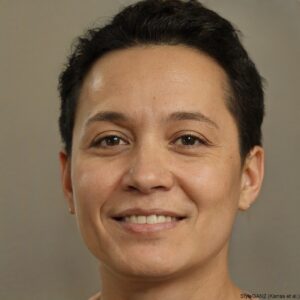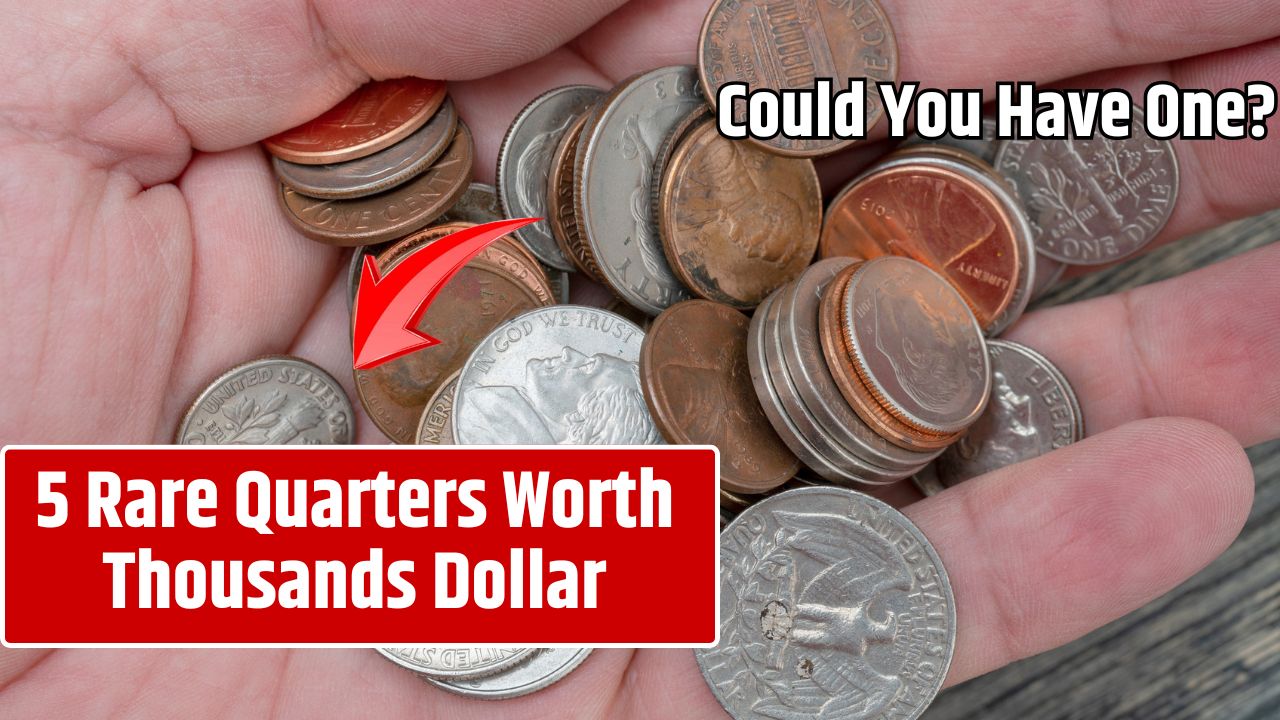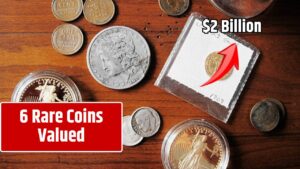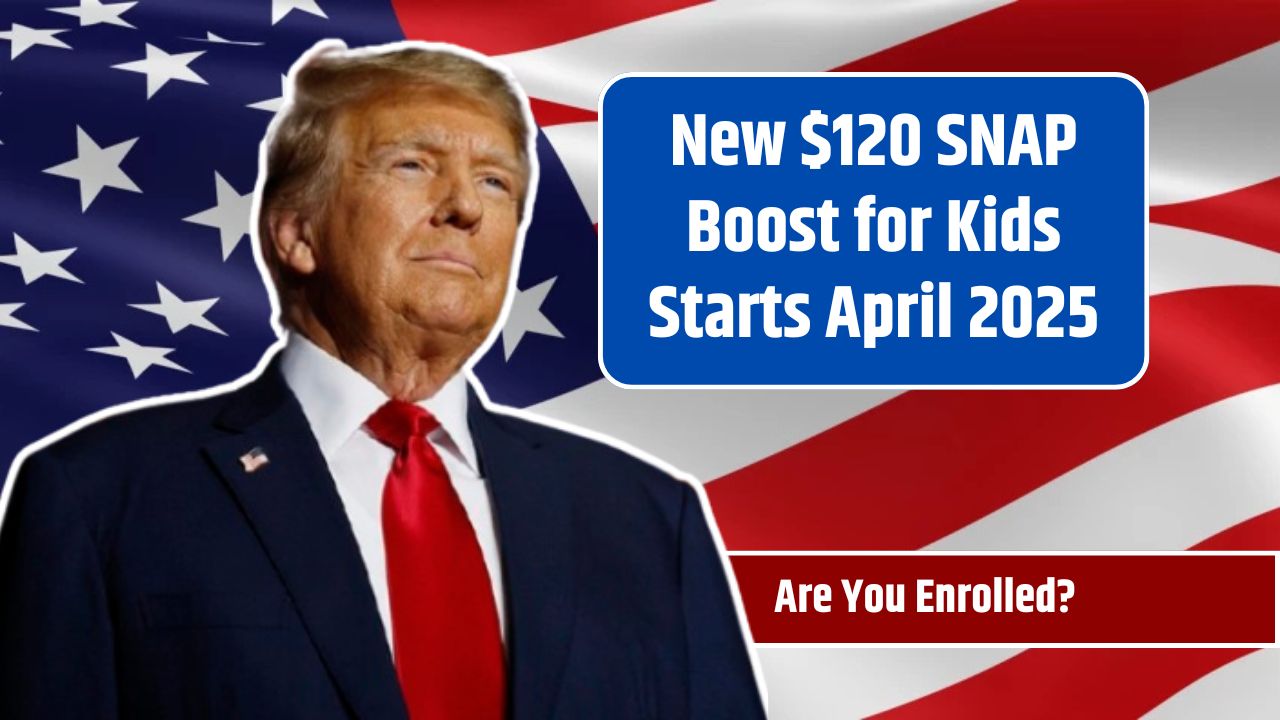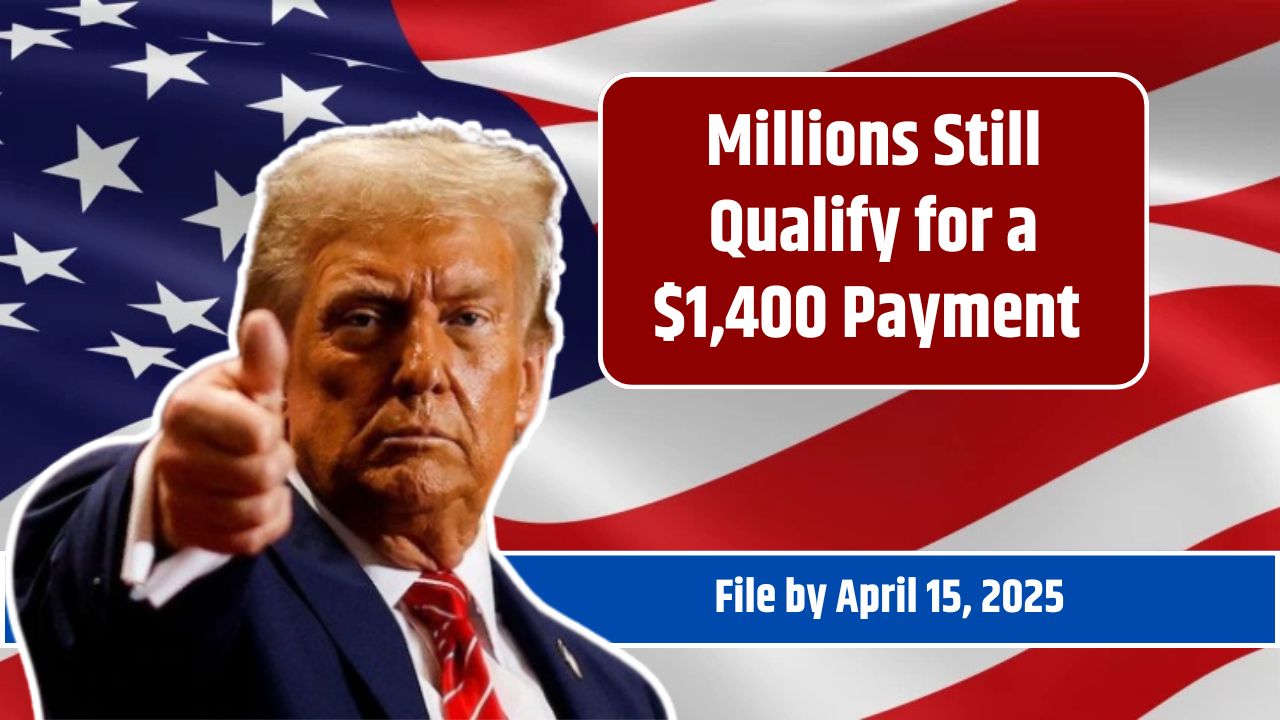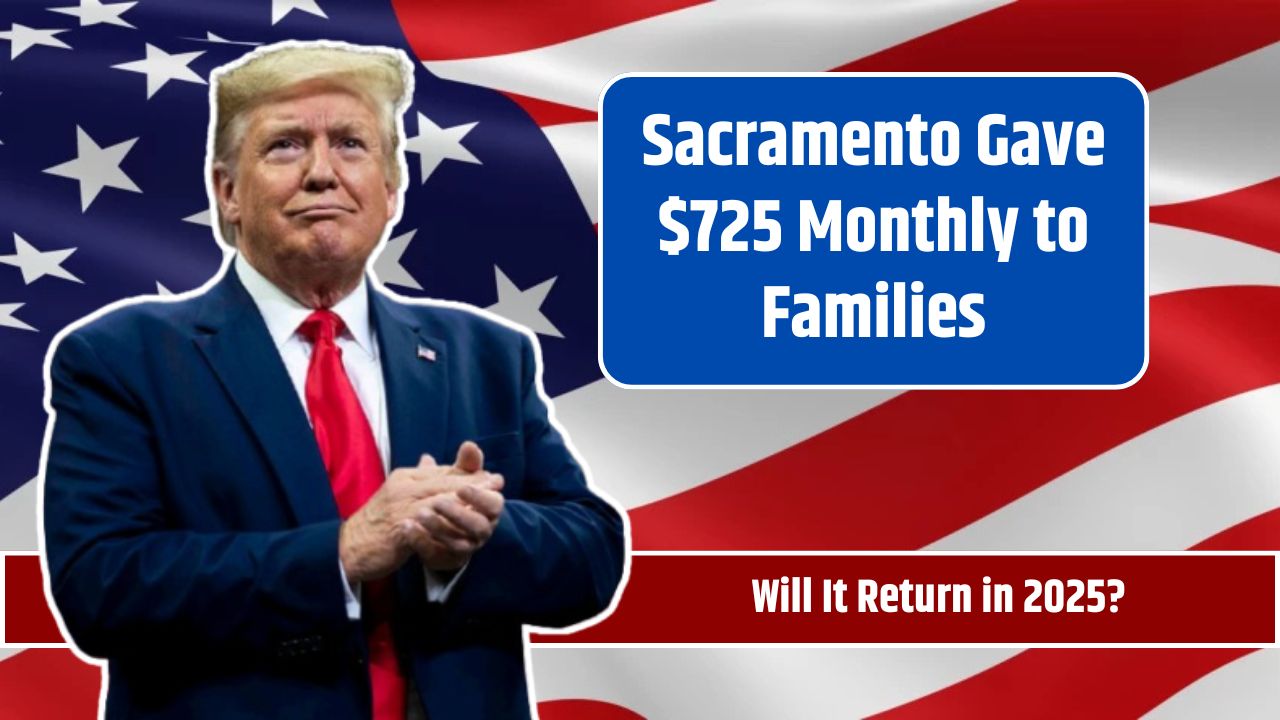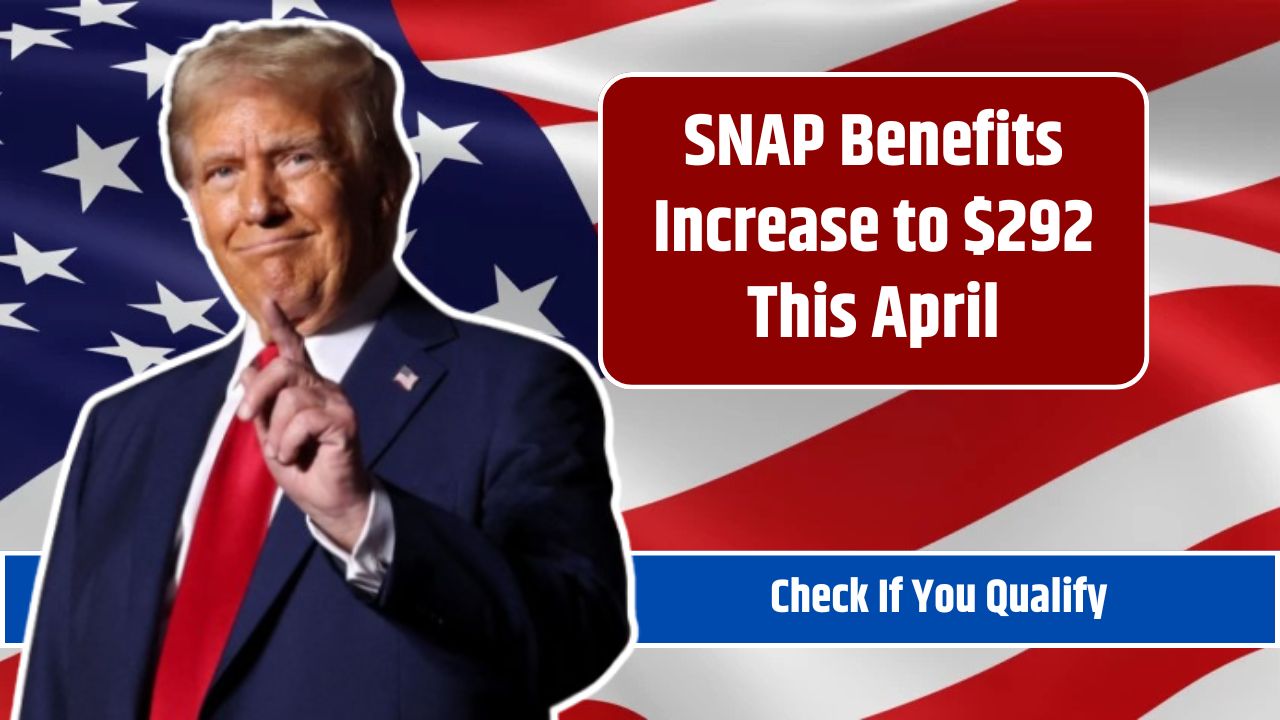Most people think of quarters as mere pocket change, but some of these coins are worth thousands—or even millions—of dollars. If you’ve ever wondered whether the coins in your jar, wallet, or couch cushions could hold unexpected value, you’re in for a surprise. A rare quarter can be more than just a piece of currency—it can be a hidden fortune.
In this guide, we’ll explore five rare quarters that could be worth big money, why some quarters hold extraordinary value, and how you can identify valuable coins. Whether you’re a seasoned collector, an investor, or just a curious treasure hunter, this article will give you the tools you need to find rare quarters and potentially turn a humble 25-cent piece into a life-changing windfall.
Why Are Some Quarters Worth So Much?
Most quarters in circulation are worth only their face value—$0.25. However, certain coins have become extremely valuable due to factors like minting errors, historical significance, and rarity. These valuable coins are often overlooked, sitting unnoticed in everyday change for years before being discovered.
Collectors and investors are increasingly turning to rare coins as an alternative investment. In fact, the rare coin market has exceeded $6 billion in annual sales, according to the Professional Numismatists Guild. With the right knowledge, identifying a valuable quarter isn’t just possible—it could be highly rewarding.
Factors That Influence a Quarter’s Value
- Minting Errors – Coins with production flaws, such as doubled dies, off-center strikes, or die cracks, are highly sought after.
- Low Mintage – The fewer coins produced in a series, the rarer and more valuable they become.
- Historical Context – Coins tied to important historical events or early U.S. minting periods are especially desirable.
- Condition – Coins in pristine, uncirculated condition are worth significantly more than worn-out examples.
- Collector Demand – Some coins gain popularity due to their unique designs, errors, or aesthetic appeal.
- Metal Composition – Older silver quarters (pre-1965) have intrinsic value due to their silver content, in addition to collectible worth.
5 Rare Quarters to Look For
| Coin | Notable Feature | Estimated Value |
|---|---|---|
| 1999 Delaware Quarter – “Spitting Horse” Error | Die crack makes the horse appear to spit | $10 – $250+ |
| 2004 Wisconsin Quarter – Extra Leaf High/Low | Extra leaf on corn stalk due to die variation | $50 – $2,000 |
| 2005 Minnesota Quarter – Doubled Die Error | Overlapping tree images create a ghost effect | $50 – $300+ |
| 2008 Alaska Quarter – Proof Error Released in Circulation | Proof coin mistakenly released for general use | $100 – $500 |
| 2000 New Hampshire Quarter – Circulated Proof Error | High-detail proof coin found in circulation | $100 – $300 |
1. 1999 Delaware Quarter – “Spitting Horse” Error
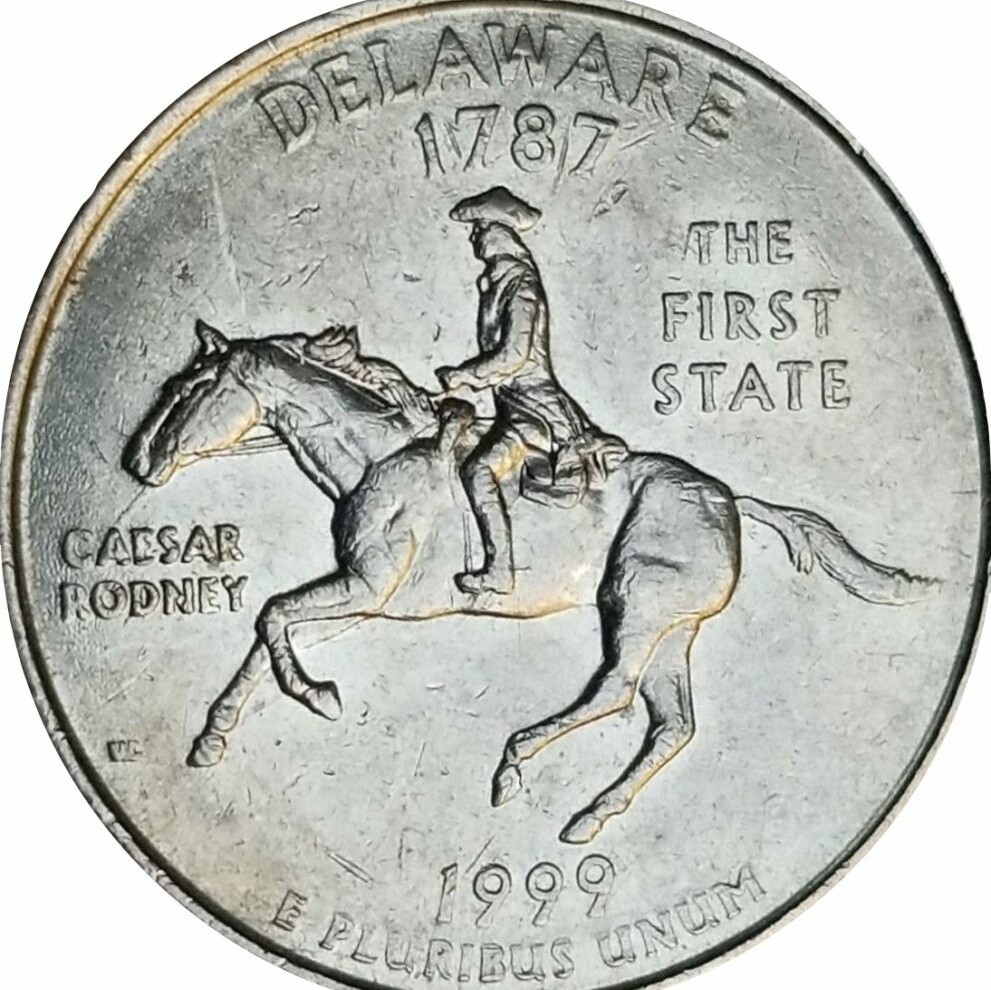
This quirky quarter became famous due to a die crack that makes it look like the horse on the coin is spitting. It’s one of the first major errors from the U.S. State Quarters Program.
- Where to Look: Check pocket change, coin jars, and quarter rolls from banks.
- Spotting Tip: Hold the coin up to the light and inspect the horse’s mouth. A visible die crack adds value.
2. 2004 Wisconsin Quarter – Extra Leaf High/Low

This quarter features an extra leaf on the corn stalk—either a “high” or “low” version. It’s believed that a rogue mint worker may have caused this error intentionally.
- What to Look For: Examine the corn stalk just above the cheese wheel.
- Value Insight: The “High Leaf” version is slightly more valuable in top condition.
3. 2005 Minnesota Quarter – Doubled Die Error
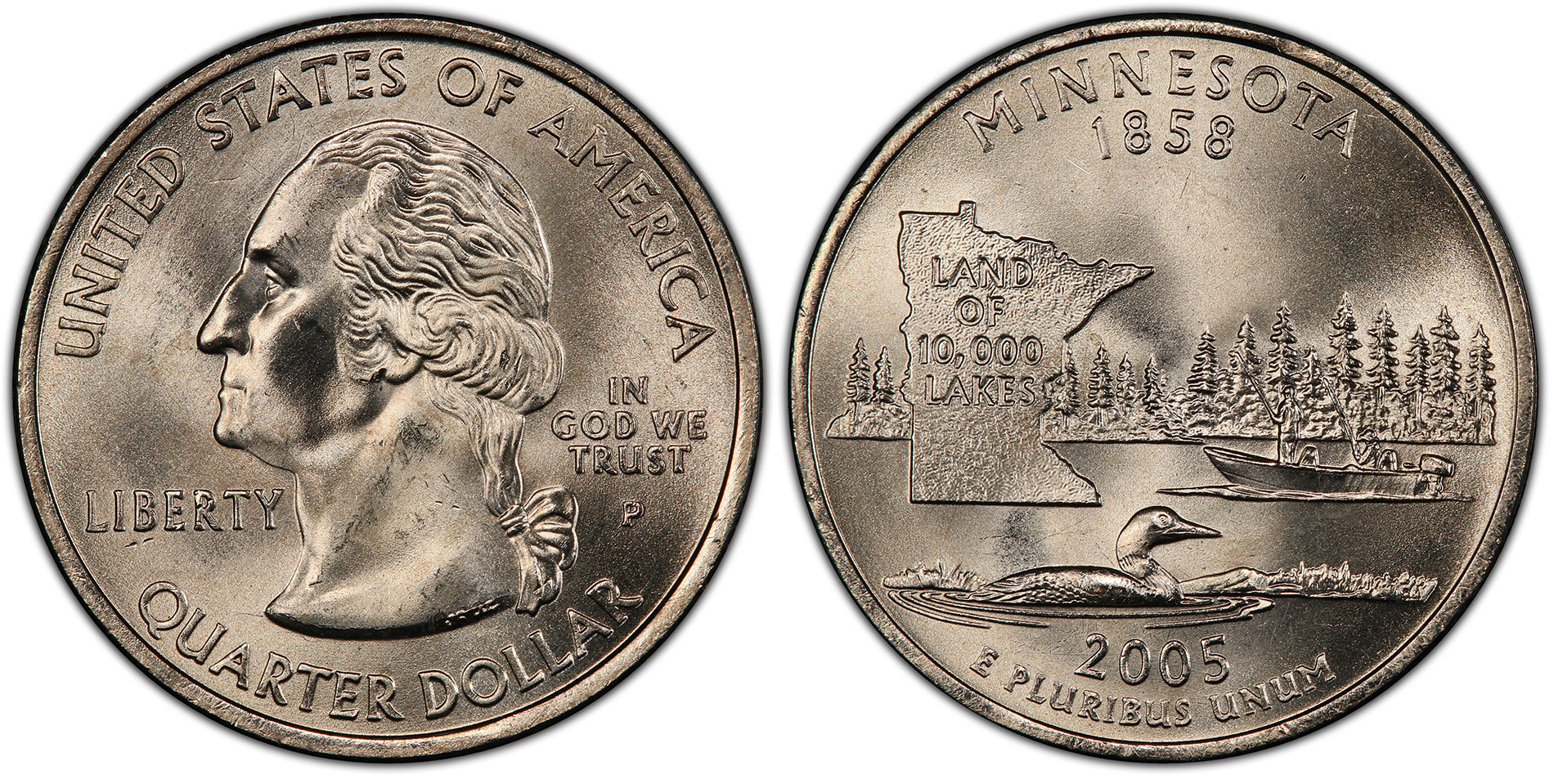
On this coin, a doubled die error caused extra tree images to appear in the background. This gives the illusion of “ghost trees” layered over the design.
- Spotting Tip: Use a 10x magnifying glass to inspect the trees carefully.
- Market Trend: Some varieties of this error are rarer than others, making them highly collectible.
4. 2008 Alaska Quarter – Proof Error Released in Circulation

Proof coins have a mirror-like finish and are typically sold in sets. However, a small batch of Alaska proof quarters was accidentally released into circulation.
- How to Identify: Look for an exceptionally shiny surface and extra-sharp details.
- Where to Find: Occasionally discovered in bank rolls or as store change.
5. 2000 New Hampshire Quarter – Circulated Proof Error

Like the Alaska quarter, this New Hampshire proof coin mistakenly entered circulation. These weren’t meant for everyday use, making them rare finds.
- Tell-Tale Sign: A mirror-like surface with enhanced design features.
- Bonus Tip: Check auction sites for verified examples and pricing trends.
How to Identify Rare Quarters
Step 1: Gather Your Coins
Start by collecting all quarters you can find—dig through old piggy banks, coin jars, glove compartments, and even vending machine change. You can also request quarter rolls from banks, as collectors sometimes unknowingly return rare coins.
Step 2: Use Proper Tools
- Magnifying Glass (10x or higher): Helps detect small errors.
- Soft Gloves: Prevents fingerprints or scratches.
- Coin Reference Guides or Apps (e.g., PCGS CoinFacts): Provides authentication details.
- Protective Holders: Safeguards valuable coins from damage.
Step 3: Check for Mint Marks and Errors
- Look near George Washington’s ponytail for mint marks:
- “P” – Philadelphia
- “D” – Denver
- “S” – San Francisco (proof coins)
- Examine edges for unusual spacing or missing details.
Step 4: Compare with Trusted Sources
Use reliable resources to verify your find:
- PCGS CoinFacts – Comprehensive coin database
- NGC Coin Explorer – Provides values and images
- U.S. Mint Website – Official minting details
Step 5: Get Professional Grading
If you believe you have a valuable coin, submit it to professional grading services like PCGS or NGC. Grading adds legitimacy and can significantly boost resale value.
While million-dollar quarters are rare, finding a valuable coin in your change is very possible. With knowledge, the right tools, and a bit of luck, a simple quarter could turn into a major payday.
Coin collecting is not just about profit—it’s a journey through history. Whether you’re teaching your kids about money, diversifying your investments, or simply hunting for treasure, rare quarters offer excitement, discovery, and potential wealth. So next time you get change, take a closer look. A hidden gem might be waiting for you.
FAQs
How can I tell if my quarter is rare?
Look for minting errors, low mintage years, and unique designs. Compare your coin with verified examples online.
Where can I sell a rare quarter?
Auction sites like eBay, coin dealer shops, or certified auction houses like Heritage Auctions are good options.
Are all old quarters valuable?
Not necessarily. While pre-1965 quarters contain silver, rarity and condition ultimately determine value.
